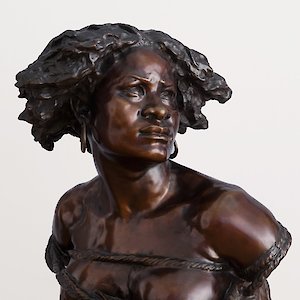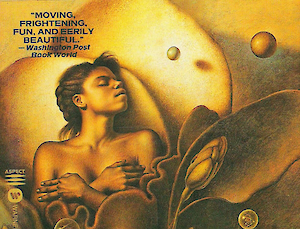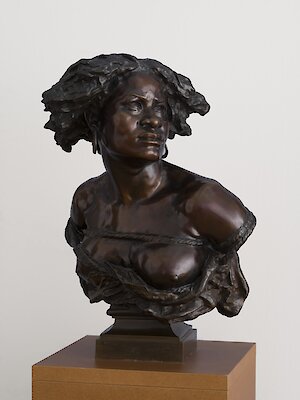MdbK [in transit]
MdbK [in transit]
MdbK [in transit] is an ongoing process of discussion and learning. It involves identifying (invisible) barriers, cultivating an awareness of racism and discrimination, and of mechanisms of excluion in art and in the museum as an institution. On this basis, and in dialogue with (new) audiences, we will gradually advance the objectives of the MdbK. New perspectives will become visible in exhibitions, events and in the presentation of the collections.
Ihr Erstkontakt mit postkolonialen Außerirdischen
Afrofuturist David Zabel wirft einen Blick auf Octavia E. Butlers Xenogenesis-Trilogie, bei der eine hochentwickelte außerirdische Lebensform auf die von einem atomaren Weltkrieg zerstörte Erde kommt und sich der wenigen überlebenden Homo Spaiens annimmt. David Zabel forscht seit mehreren Jahren zu Afrofuturismus und Schwarzer Science Fiction.
Eine Veranstaltung im Rahmen der internationalen Wochen gegen Rassismus Leipzig, präsentiert von MdbK [in transit].
Vortrag am Mittwoch, den 13. März von 18:00 -19:30 Uhr. Eintritt frei.
Jean-Baptiste Carpeaux. Why born enslaved!
In nineteenth-century European painting and sculpture, the depiction of Black women from either Africa or the Caribbean, is relatively rare. Those few who are represented typically go unnamed, their identities and biographies left unknown. The individual represented is often reduced to an ethnographic type, serving as a generic stand-in for the conditions and circumstances of an entire group of people. Such is the case with Jean-Baptiste Carpeaux’s sculptural bust, Why Born Enslaved! (1868), a complex and ambiguous work purportedly reflective of the sculptor’s assumed humanitarianism and anti-slavery sentiment. However, it is also a piece of art representative of the eroticized exploitation of the (Black) female body.
Modeled in 1868 and first produced in plaster, Why Born Enslaved! was subsequently cast in terracotta, bronze, and marble versions. The beauty and sensuality of the sculpture are pronounced, yet the subject rendered and what is enacted —that of violent enslavement of a Black woman— is horrific. Reminiscent of a sculpted fragment, the bust is a stand-in for the complete enslaved body. As such, it draws upon stereotypes of sexualizing the (Black) female body, forcing the viewer to reconcile the aesthetic pleasure elicited by the piece with the horror and brutality of slavery.
360° - Fund for New City Cultures
The MdbK is part of the nationwide support program 360 °- Fund for New City Cultures. With the program, the Federal Cultural Foundation supports cultural institutions in dealing more intensively with the topics of migration and cultural diversity as promising future topics and in creating new approaches and visibility for groups in society that have not yet been adequately reached.





